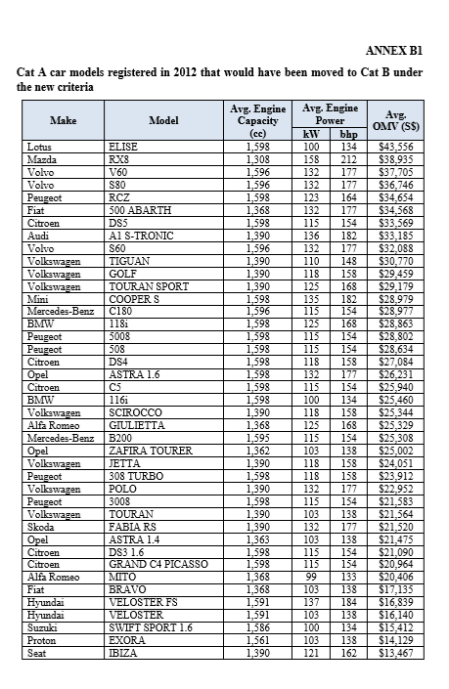With past couple of weeks with Uber company offering free rides under UberX or Uber Taxi, Consumers were delighted that they were able to get two free rides a day. While the drivers for UberX and Taxis are happily earning to the max.
It brought cheers to consumers and drivers, but there are some angry passengers too. They couldn’t get a free ride after trying to get one after 45 minutes. It’s just a marketing strategy by Uber to market their services to the Singapore consumers.
Let’s get back to reality, here are a list of concern that Singaporeans should think about before using their services again.
1) Credit card information – While the credit card details are stored in the Uber data storage which might be prone by hackers
2) Global Position System (GPS) – Your traveling pattern will be known to unknown as Uber is using GPS to track where your journey starts and ends. Thus disclosing your location to unknown sources.
3) Credit card payment – The payment terminal is not located in Singapore but in United States where you might suffered exchange loss. Right now there isn’t significant different as they are still offering 25% discount on your taxi rides.
4) Unethical ways of doing business
I) Seeking customers to release details of which taxi drivers and their contact who do not sign up with Uber. While it’s no wrong to share the good things to others, but it’s wrong to share our contact to other people without our permission. It’s the same that as a taxi driver, we do not send out passenger contact details to third parties. It’s the privacy of our rights that the contact must be kept confidential at all times.
II) Which ever taxi drivers that took up their free IPhone and their jobs, received a call from Uber that they are not allowed to use other third parties apps and are told to delete them off. Who are they to mind our business which apps taxi drivers use since they do not have any legal document that say that taxi drivers are not allowed to use other apps. This also create an anti-competition act in Singapore!
5) Most Importantly, Why we Singaporeans should boycott Uber?
While the government are not allowed to ban Uber outright due to the free trade agreement, but What I’m seeking is changing the business model of Uber and UberX which is using metered-charged system (I have previously mention in my blog).
The company comes here to earn money in Singapore without any employment benefit to Singaporeans. Yes they have Singaporean on the ground to run the promotion and signing up drivers. But once they have establish themselves in Singapore, all these job are made redundant. For your information, even their telephone operators are foreigners based overseas, using internet to contact drivers and customers. In other words, their company is nothing but an empty shell in Singapore.
While we welcome foreign companies to set-up their business in Singapore, we need to see economic growth and employment benefit for Singapore. Without any employment benefit to Singaporeans, what the use to welcome this type of company to operate in Singapore? I would rather don’t welcome them at all!
The choice is yours, nobody is stopping you from using Uber! But think again, if any company that comes to Singapore to start business without any employment benefit to Singaporeans, then there will be no job for Singaporeans in the future.

